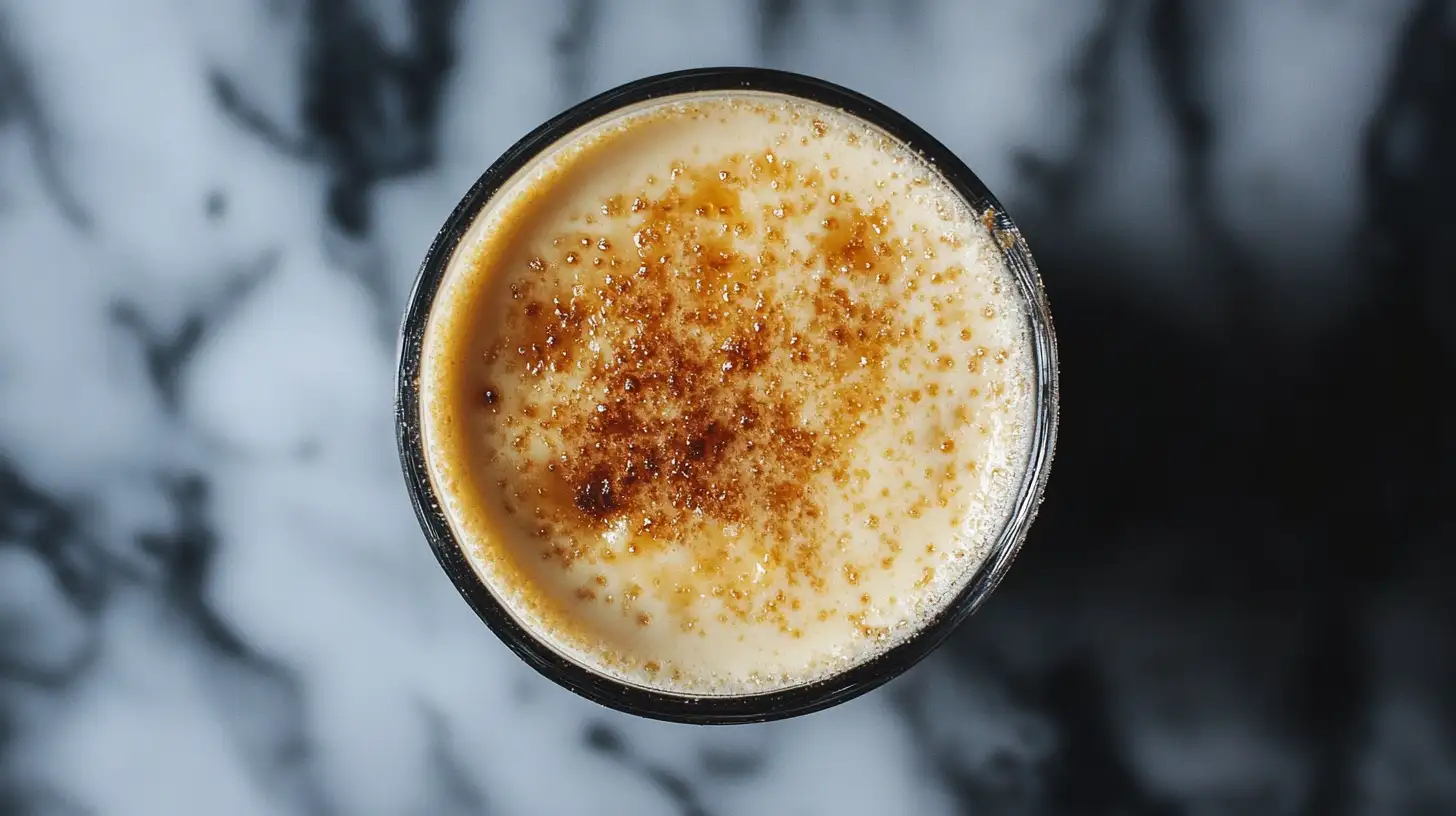Introduction
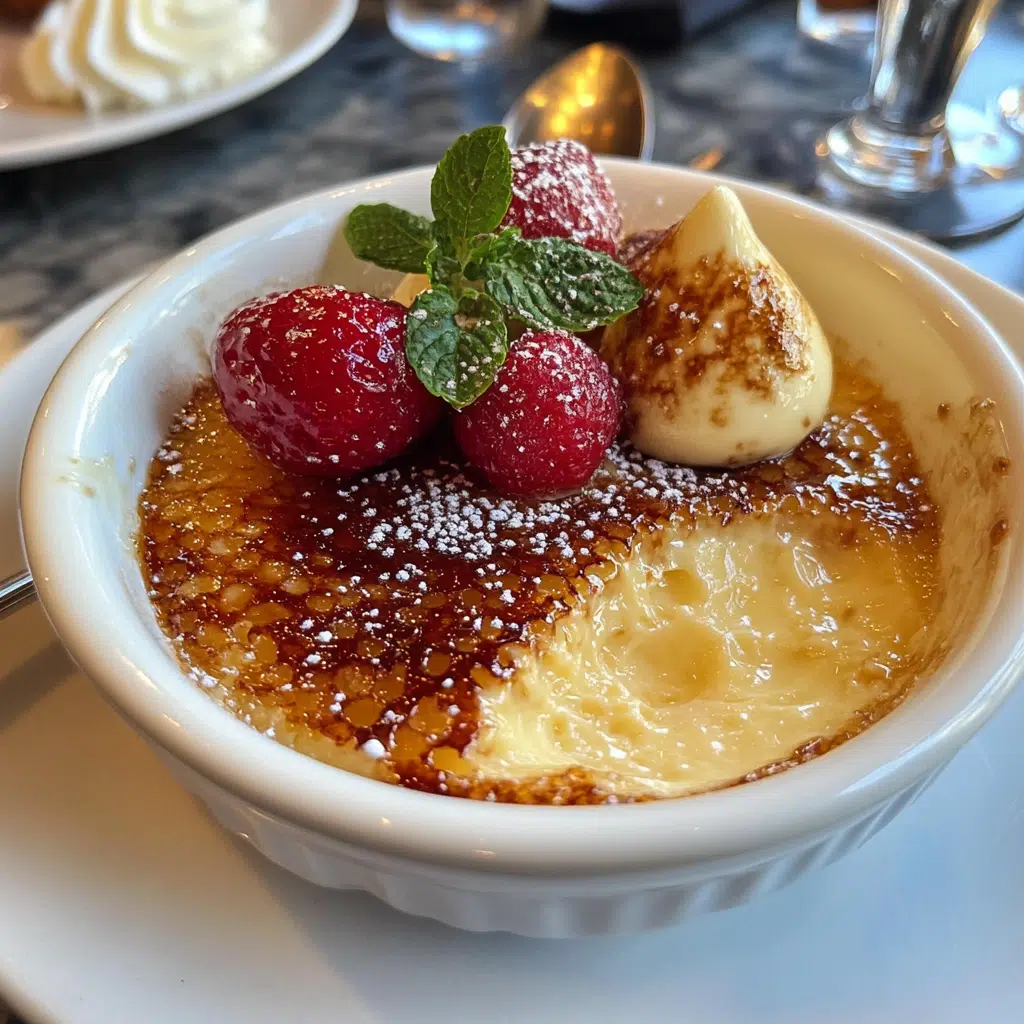
What Does Crème Brûlée Taste Like?, it is a quintessential French dessert that has captivated dessert lovers worldwide with its rich flavors and unique textures. At its core, this elegant treat features a silky vanilla custard base topped with a brittle layer of caramelized sugar, creating a perfect harmony of taste and texture. Whether served at high-end restaurants or made at home, crème brûlée embodies sophistication and indulgence, making it a timeless favorite.
For those curious about its preparation, this crème brûlée recipe offers step-by-step guidance to help you master this dessert at home.
The Origins of Crème Brûlée
Crème brûlée has a history as rich as its custard base. The dessert’s name, which translates to “burnt cream” in French, reflects its signature caramelized sugar topping. While it is widely associated with French cuisine, its origins have been debated. Some culinary historians trace it back to Catalonia, Spain, where a similar dessert, Crema Catalana, was popularized, while others believe it was first served in the 17th century French court.
Regardless of its precise roots, it has since become synonymous with French culinary excellence. Its blend of delicate vanilla flavor and textural contrast made it a staple in high-end dining establishments. For a detailed look at its traditional preparation, visit what crème brûlée is made of.
Why It’s a Global Dessert Favorite
Crème brûlée’s appeal transcends borders, making it a global dessert favorite. Its versatility allows chefs worldwide to adapt the classic recipe to suit local tastes. Here’s why it has earned such widespread acclaim:
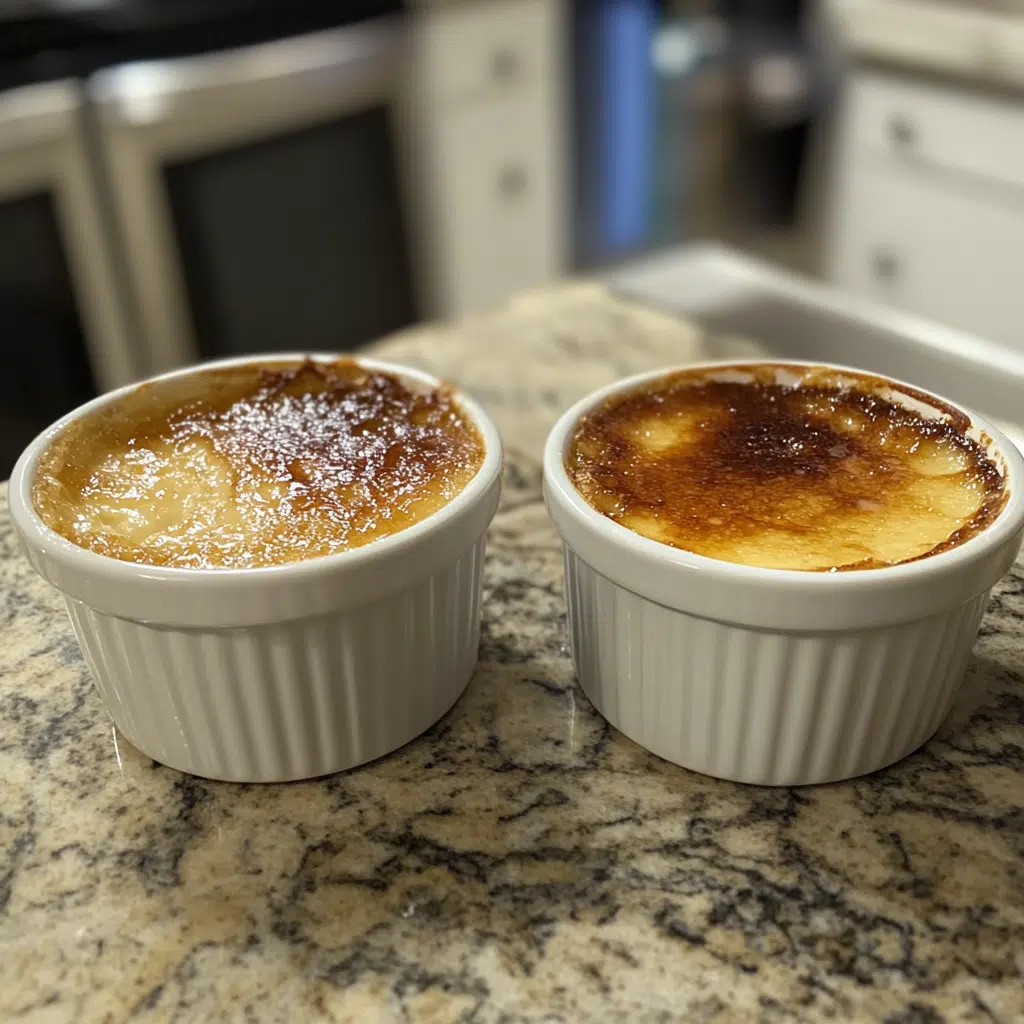
- Flavor Adaptability: While vanilla is traditional, variations like matcha, lavender, and coffee cater to diverse palates.
- Sophisticated Presentation: The caramelized sugar layer provides both a striking visual and a satisfying crack when broken.
- Luxurious Texture: The creamy custard base offers a richness that feels indulgent yet light.
These qualities make crème brûlée a staple in fine dining menus across cultures, as well as a go-to dessert for special occasions. If you’re inspired to experiment with its classic flavors or global twists.
Through its history, preparation, and adaptability, it continues to win hearts, showcasing why it remains one of the most celebrated desserts in the world.
The Flavor of Crème Brûlée
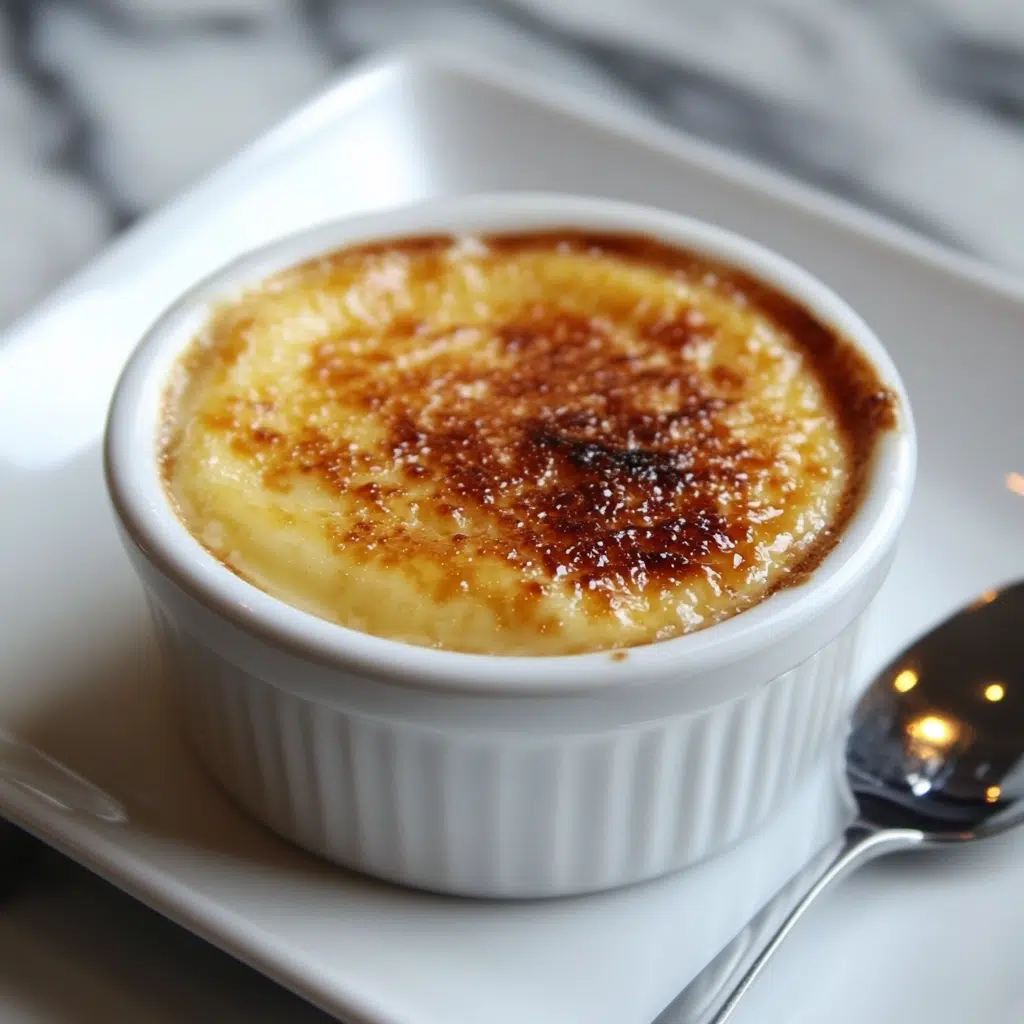
At its heart, crème brûlée offers a delicate, aromatic flavor profile that stems from its vanilla custard base. The custard, made with eggs, heavy cream, and sugar, is infused with high-quality vanilla beans to achieve a sweet yet subtly floral essence. Authentic vanilla beans bring a nutty complexity that synthetic flavorings cannot replicate.
The caramelized sugar topping adds a contrasting layer of flavor. As the sugar melts and browns under intense heat, it develops a toasty, slightly bitter edge that complements the custard’s sweetness. This balance of flavors makes it a dessert that feels indulgent without being overly sweet. If you’re inspired to create this at home, try this crème brûlée recipe, which details the process step by step.
Health and Nutritional Information
While crème brûlée is renowned for its indulgent flavor and luxurious texture, understanding its nutritional profile is important for those mindful of their diet. This dessert, made from a combination of heavy cream, sugar, eggs, and vanilla, is rich and calorie-dense. However, with moderation or adjustments, it can still be enjoyed as part of a balanced lifestyle.
Caloric Content
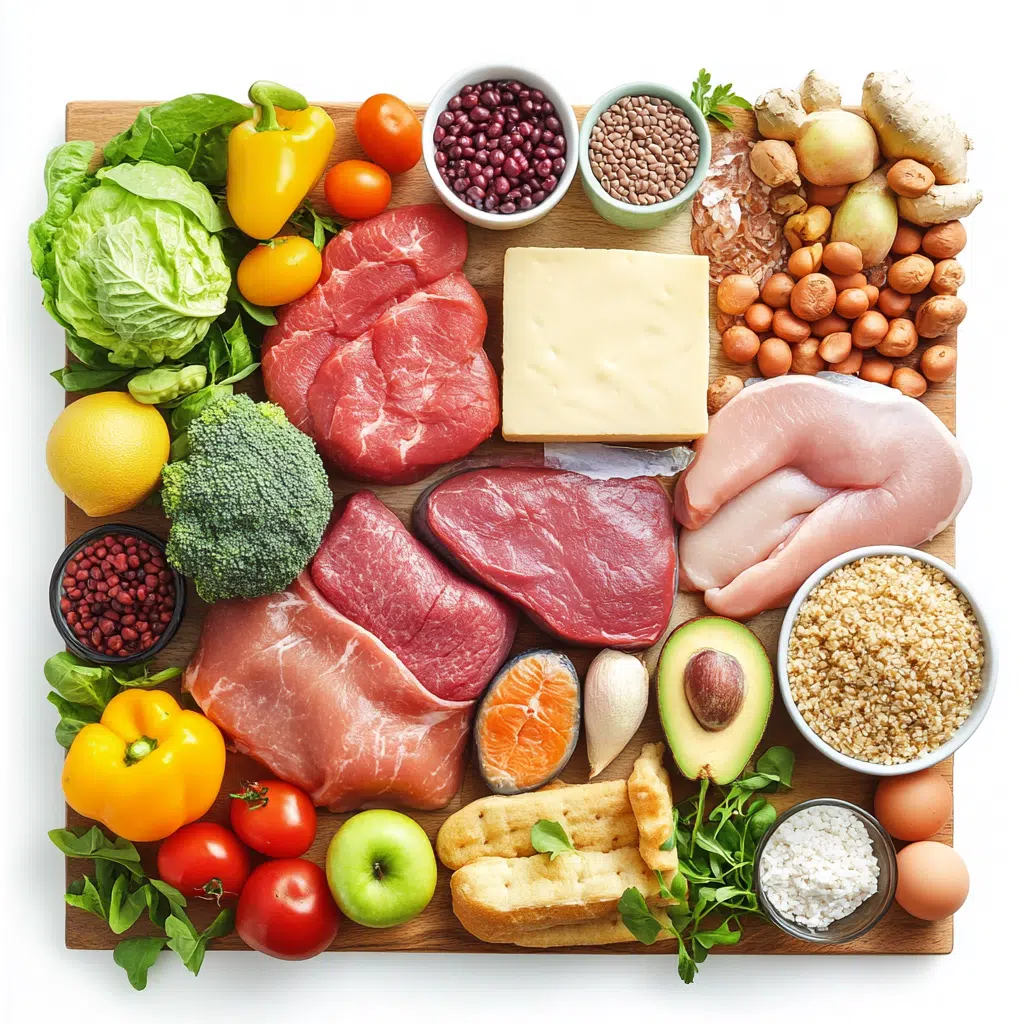
Crème brûlée is a high-calorie dessert due to its rich ingredients. A typical serving (about 150 grams) contains:
- Calories: Approximately 250–350, depending on the recipe.
- Fat: Primarily from heavy cream and egg yolks, contributing around 15–25 grams per serving.
- Carbohydrates: Mainly from sugar, ranging between 20–30 grams per serving.
- Protein: Egg yolks provide a modest 4–6 grams of protein.
This makes it an indulgent dessert best enjoyed occasionally. If you’re preparing this at home, you can learn more about its composition by visiting what crème brûlée is made of.
Is Crème Brûlée Suitable for Everyone?
It is generally suitable for most people, but certain dietary or health considerations should be taken into account:
- High in Saturated Fat: Due to its heavy cream content, it may not be ideal for those managing cholesterol levels.
- High Sugar Content: Individuals with conditions like diabetes should consume it sparingly.
- Allergy Concerns: As it contains eggs and dairy, it is unsuitable for those with egg or lactose intolerances.
If you’re dining out or making it at home, consider portion control or alternatives to enjoy it responsibly.
Dietary Adjustments
For those with specific dietary needs, crème brûlée can be modified to align with different lifestyles:
- Lower Fat: Substitute heavy cream with coconut milk or a mix of light cream and milk for a lighter version.
- Sugar-Free: Use sugar substitutes like erythritol or stevia to reduce the sugar content.
- Vegan-Friendly: Replace eggs and dairy with plant-based cream and a thickening agent like agar-agar for a vegan alternative.
These adjustments allow more people to enjoy the essence of crème brûlée while adhering to their dietary preferences.
It can fit into a healthy lifestyle with mindful portioning or thoughtful adaptations. By understanding its nutritional content and exploring alternatives, this dessert remains an occasional yet delightful indulgence.
Texture and Temperature Contrast
Crème brûlée is not just about flavor; its textural contrast plays a key role in its appeal. The top layer of caramelized sugar hardens into a crisp, brittle shell that cracks delightfully under the pressure of a spoon. Beneath this crunchy layer lies a smooth, silky custard, providing a luxurious mouthfeel that melts on your tongue.
The dessert’s temperature interplay is equally captivating. The custard is served chilled, creating a refreshing base, while the caramelized sugar is warm from the torching process. This hot-and-cold sensation heightens the sensory experience, making every bite a delightful contrast of creamy, crunchy, warm, and cool elements.
Tips for Making the Perfect Crème Brûlée Taste at Home
Mastering this recipe at home can seem daunting, but with the right techniques and tools, you can create this classic dessert with ease. Whether you’re a seasoned baker or a beginner, following these tips will help ensure a perfectly creamy custard and a beautifully caramelized sugar topping.
Choosing the Right Tools
Having the proper equipment is essential for achieving the ideal texture and presentation. Here are the key tools you’ll need:
- Ramekins: Use small, shallow ramekins for even cooking and the perfect serving size. Their ceramic material also helps retain heat.
- Kitchen Torch: A butane torch is a must-have for caramelizing the sugar topping to achieve a crisp, golden crust. This tool provides precise control over the caramelization process.
- Baking Dish: A large, deep baking dish is required to create a bain-marie (water bath). This technique ensures even heat distribution, preventing the custard from curdling.
- Fine Mesh Sieve: Strain the custard mixture before pouring it into the ramekins to remove any lumps or egg solids, ensuring a smooth texture.
- Whisk and Mixing Bowls: For thoroughly combining the custard ingredients without introducing too much air.
Investing in these tools not only simplifies the process but also guarantees professional-quality results. For a step-by-step guide, check out this crème brûlée recipe.
Avoiding Common Mistakes
Even with a straightforward recipe, certain pitfalls can affect the outcome of your crème brûlée. Here’s how to avoid them:
1. Overheating the Custard
When cooking the custard, it’s crucial to avoid overheating as this can cause the eggs to scramble. Use a low temperature and a water bath to gently cook the mixture, ensuring a silky texture.
2. Skipping the Water Bath
The bain-marie (water bath) is essential for even cooking. Skipping this step may result in unevenly cooked custard with a grainy texture. Be sure the water level reaches halfway up the sides of the ramekins.
3. Not Using Room-Temperature Ingredients
Cold eggs or cream can cause uneven mixing, leading to lumps in the custard. Let all ingredients come to room temperature before starting the recipe.
4. Burning the Sugar Topping
Using too much heat or holding the torch too close to the sugar can burn the topping, resulting in a bitter flavor. Hold the torch 2–3 inches away and caramelize gradually in a circular motion.
5. Caramelizing Too Early
The sugar topping should be caramelized just before serving to maintain its crispness. Preparing it too far in advance can cause the topping to soften from moisture in the custard.
By following these tips and avoiding these common mistakes, you can create a flawless crème brûlée that rivals any restaurant version.
With the right tools, techniques, and attention to detail, making crème brûlée at home becomes an enjoyable and rewarding experience. Impress your family or guests with this timeless dessert and enjoy the fruits of your effort!
The Science Behind Crème Brûlée Taste
The magic of crème brûlée lies in its precise preparation, guided by science. The custard achieves its velvety texture through the slow cooking of egg yolks and cream. This process, called tempering, allows the eggs to thicken the cream without curdling, resulting in a perfectly smooth base.
The caramelized sugar topping is the result of caramelization, a chemical reaction where sugar molecules break down under high heat to create a complex array of flavors and aromas. This process not only adds a brittle texture but also imparts a toasty, nutty bitterness that offsets the custard’s sweetness.
Global Variations of Crème Brûlée
While the classic French version remains beloved, crème brûlée has inspired numerous adaptations worldwide, each offering a unique twist on the dessert’s signature elements:
- Catalan Crema: Originating from Spain, this variation swaps vanilla for citrus peel, infusing the custard with a vibrant, zesty flavor.
- Chocolate Crème Brûlée: This indulgent take incorporates cocoa into the custard, delivering a richer, more decadent dessert.
- Lavender Crème Brûlée: By adding lavender, this version introduces a floral fragrance that pairs beautifully with the creamy custard.
- Matcha Crème Brûlée: A Japanese-inspired twist, this dessert uses matcha powder for a subtle bitterness and earthy green tea flavor.
Each variation preserves the hallmark textures of crème brûlée while exploring exciting flavor profiles.
Frequently Asked Questions About Crème Brûlée
Here are some common questions that dessert enthusiasts often have about crème brûlée:
Does Crème Brûlée Taste Good?
Absolutely! Crème brûlée is a dessert celebrated for its rich and balanced flavors. The creamy vanilla custard, paired with the nutty crunch of caramelized sugar, creates a perfect harmony of sweetness and texture. This classic French dessert appeals to a wide range of palates because of its light floral notes and indulgent creaminess. If you’d like to recreate this delectable dessert at home, check out this crème brûlée recipe.
How Do You Describe Crème Brûlée Taste?
Crème brûlée can be described as a dessert with a luxurious custard base infused with sweet and aromatic vanilla, topped with a thin, crisp layer of caramelized sugar. The flavor profile is both delicate and indulgent, offering a balance of creamy sweetness and subtle nuttiness from the sugar crust. Its signature texture is a delightful contrast between the silky custard and the brittle caramel topping, creating a unique sensory experience. For more about the flavors and textures, explore what crème brûlée is made of.
What Is Crème Brûlée Taste Similar To?
Crème brûlée shares similarities with other custard-based desserts but stands out due to its caramelized sugar topping. It is often compared to:
- Flan: Both desserts feature a custard base, but flan is topped with soft caramel sauce rather than a crunchy layer.
- Panna Cotta: This Italian dessert is creamy like crème brûlée but has a lighter texture and lacks the caramelized topping.
- Pot de Crème: A rich French custard dessert that doesn’t include the signature caramelized sugar crust.
Each of these desserts has its own unique characteristics, but crème brûlée is unmatched in its combination of textures.
Does Crème Brûlée Taste Like Pudding?
While crème brûlée and pudding share some similarities, such as their creamy textures, they are distinct in both flavor and preparation. Crème brûlée is thicker and richer because it is made with heavy cream and egg yolks, while pudding typically uses milk and cornstarch. Additionally, the caramelized sugar crust of crème brûlée provides a contrast in texture that pudding lacks. If you’re curious about the custard base in crème brûlée, visit what crème brûlée is made of.
This section incorporates internal links to provide readers with additional resources while maintaining SEO-friendly content and an engaging format.
Conclusion
Crème brûlée is a dessert that captures the essence of elegance and indulgence. Its perfect harmony of rich, floral flavors and contrasting textures makes it a timeless favorite. Whether you stick to the classic vanilla version or experiment with global variations, crème brûlée is a dessert that always impresses. Ready to savor this culinary masterpiece? Take the plunge and create your own with this tried-and-true crème brûlée recipe.
By incorporating detailed explanations and internal links, this article offers an engaging and SEO-friendly exploration of crème brûlée while encouraging readers to delve deeper into related content.

